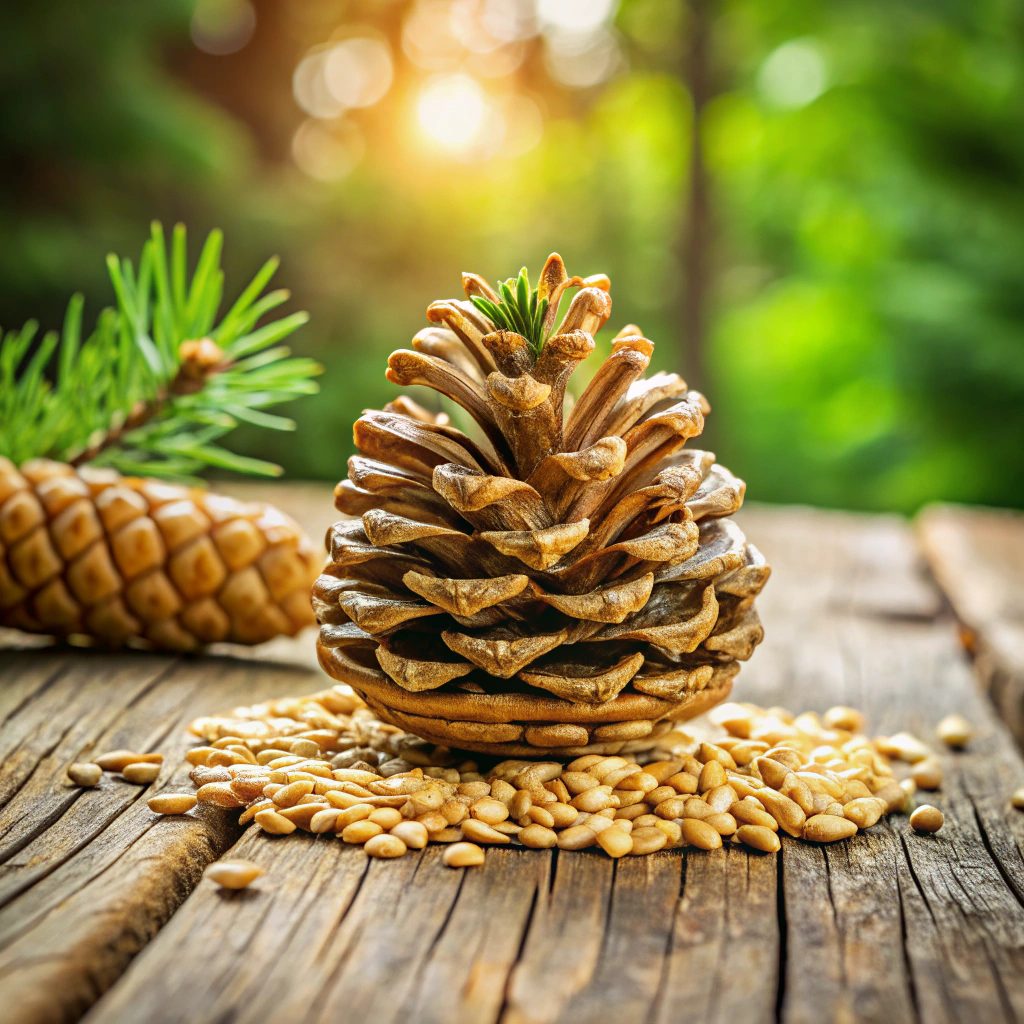Last updated on
Many new homeowners or novice gardeners think that growing plants can’t be hard; after all, they only need sunshine, water and dirt to grow big and strong, right?
Wrong. Even so-called “beginner” plants require more attention than many people realize, and plants that are ubiquitous in landscaping, like grass, tend to be unbelievably finnicky. If you aren’t doing the utmost to keep your garden alive, you will probably experience more than your fair share of disease, delayed growth and plant death.
Here are a few ways many gardeners forget or neglect to care for their plants, so you can start helping your garden grow quickly, healthily and beautifully.
What's Inside
Watering Properly
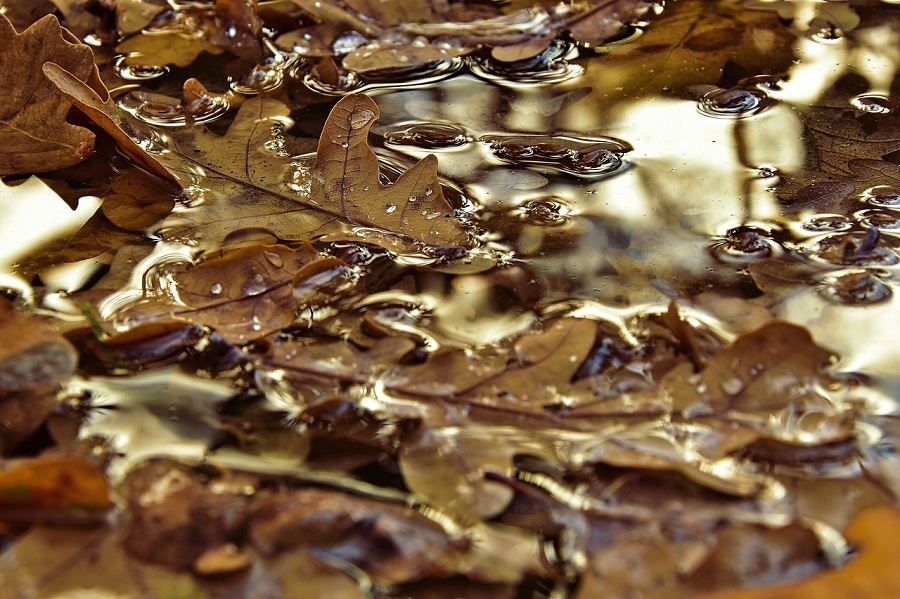
Different types of plants require different amounts of water at different frequencies. It’s not enough to water your entire garden the same amount; in doing this, you are almost guaranteeing that some plants get too much water while others never get enough. Instead, you should research the water requirements of each plant in your landscape, taking into account your soil type (more on this next) and your climate.
It is generally wise to invest in an automated watering system and create unique settings for different plants in your yard, so you can be certain each plant is getting watered properly. I have drips on my trees and shrubs and sprinklers in my lawn to eliminate the need to water my landscape as a chore.
Testing Soil
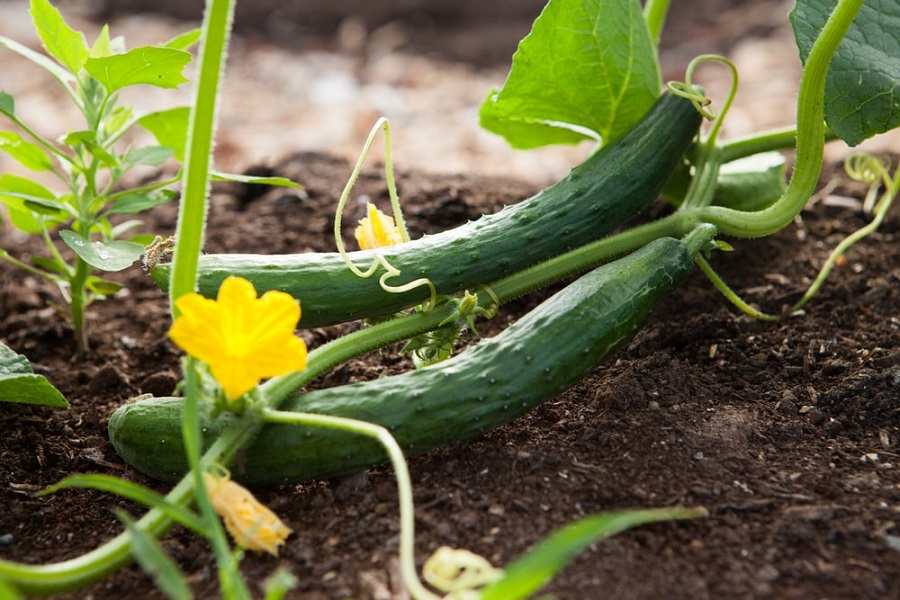
Not all dirt is made equal. Because all plants rely on their soil to gain vital nutrients, you need to be certain that your soil is properly maintained, which means you need to test it to understand its fundamental nature. There are two primary features of soil to be aware of:
- Drainage. Sandy soils lose water quickly, while clay-packed soils do not allow water to permeate very well at all.
- pH balance. Certain plants like acidity, while others prefer alkalinity. It’s good to know your soil’s pH so you can augment the soil for certain plants as necessary.
Furthermore, you should keep tabs on the nutrients in your soil, especially macronutrients like nitrogen, phosphorus and potash.
Fertilizing

Fertilizing is what you do to add macro- and micronutrients back into your soil. Some plants in your garden, like your lawn, require fertilizing at least once per year, while others can subsist for years on healthy soil without supplementation. Knowing about your soil is a good first step to understanding your fertilization needs, but it’s also a good idea to research the various plants in your garden and develop a fertilizing schedule for each. Then, you should buy the right kind of fertilizer — because different fertilizers contain different nutrients for different plants.
Aerating
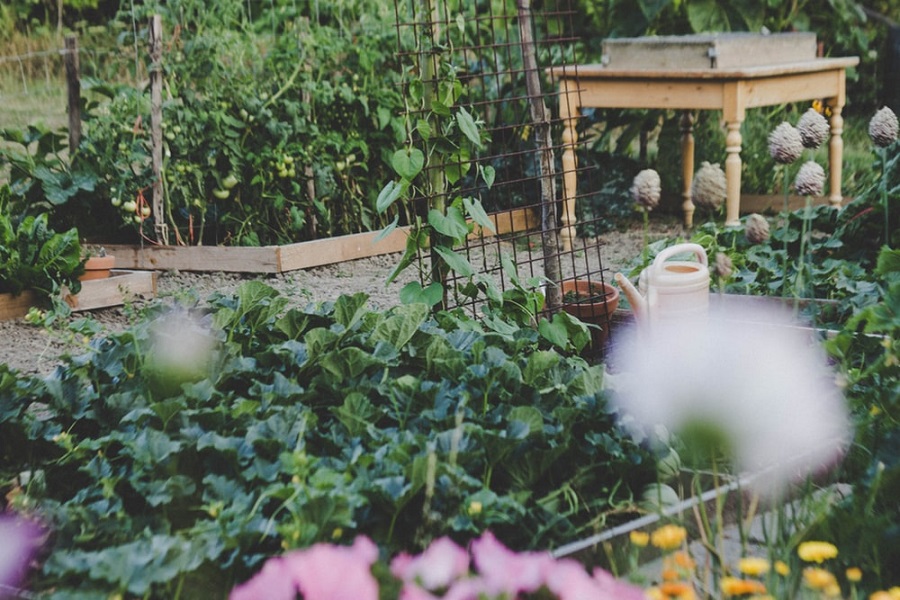
One nutrient necessary for plant growth that cannot be found in fertilizer is air. Plants need both oxygen and carbon dioxide to survive, and while some air can be absorbed through leaves and stems, roots also thrive when they have some access to air. That’s why gardens till their soil in between harvests; by turning over the soil, they put air into the ground, where crop roots can take advantage of it.
Over years, plant roots can suck all the air out of soil and suffer as a result. Additionally, frequent foot traffic or heavy snows can compact soil, making it impossible for roots to reach any air pockets and other nutrients. You should aerate your soil on a regular schedule, using a coring aerator to remove plugs that permit air.
Trimming
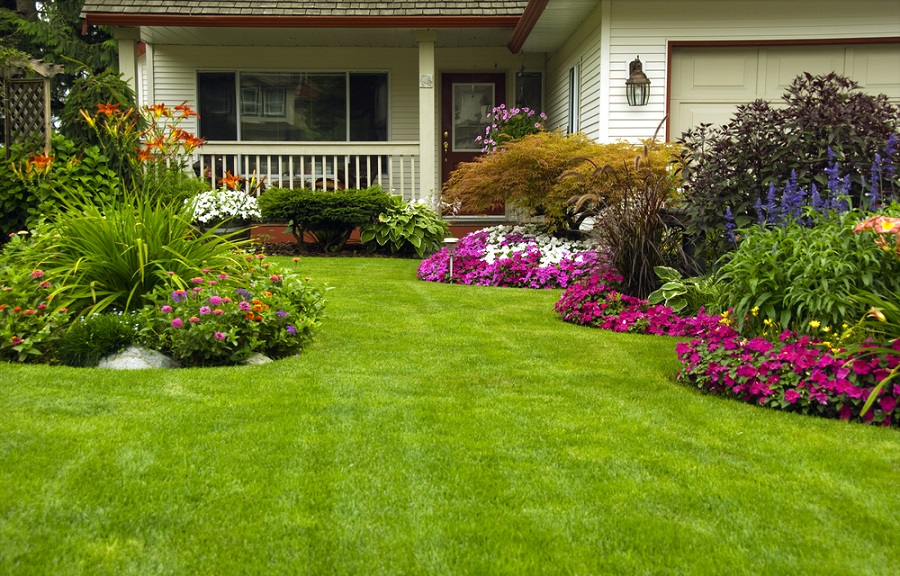
Wild plants don’t get trimmed, so you might suspect that trimming is a chore that improves aesthetics rather than health. In truth, trimming can have a significant benefit to plants, which no longer waste resources on thin or weak branches and instead grow larger, brighter and thicker in the remaining areas. However, you shouldn’t prune your plants wantonly; taking off more than a third of a plant at one time will almost certainly send the plant into shock, after which it will likely die. The tools and methods you use to prune matter as well, so you should perform research before you pick up the shears — or you should hire someone more knowledgeable to do your trimming for you.
The plants in your yard weren’t put there by nature; they were put there by you or the homeowners before you. That means if you want your landscape to survive and thrive, you need to put in a good deal of effort, especially when it comes to giving your plants the nutrients they need. By creating a calendar of care — or outsourcing to professionals — you can keep your garden growing gorgeously for years to come.

